Tips for Staying Cool in a Heat Wave
I’m sure by now most of you have noticed, it is hot outside. Sticking-to-your-patio-furniture hot. Cook-an-egg-on-the-sidewalk hot. Though these temperatures are something Canadians pray for during our winter months, we must remember the necessary precautions to protect ourselves while still enjoying the weather.
Show of hands, what are the tell-tale signs of heat exhaustion? What about heat cramps? Or heat stroke? If you’re someone who doesn’t know the answers or didn’t even realize there were any differences; that’s okay, keep reading! It’s important to be able to identify the differences between each of these heat-related illnesses and catch them before it turns into something serious and that may require medical attention.
Heat Cramps:
Signs – Heavy sweating during exercise. Muscle cramps
What to do – STOP physical activity. Drink water. Do not continue until the cramps go away.
Heat Exhaustion:
Signs – Cold, clammy skin. Dizziness. Heavy sweating. Muscle Cramps. Fainting.
What to do – Move to a cool space. Loosen your clothes. Sip water.
Heat Stroke:
Signs – High body temperature (above 103F). Hot, red, damp skin. Fast strong pulse. Confusion. Nausea. Loss of consciousness.
What to do – Call 911 right away. Move the person to a cool place. Help cool the body down with damp cloths. DO NOT give them anything to drink.
Growing up, we were always told to wear sunscreen and drink lots of water for a reason. It can be easy to forget while we are out playing volleyball, walking our dogs, or sitting on a beach with our friends, that our skin is about to burn. It is especially important that while Ontario is coming out of lockdown and reopening patios, and allowing for larger outdoor gatherings (10 people), that we remain mindful and know the signs.
You know your body better than anyone. Know when to stop if you are working out. Know when to ask your walking group for a break in the shade, and of course, be understanding to those we request help. Check the weather before you leave. If you still have any questions, you can reach out to your family doctor to talk about the different types of sunscreens available to help protect you and your skin.
For more information on heat-related illnesses and what to do if you or someone around you is experiencing symptoms click here.
Start the summer right, take a look at our first aid packages so you are prepared for whatever this summer throws your way.
Sources:

